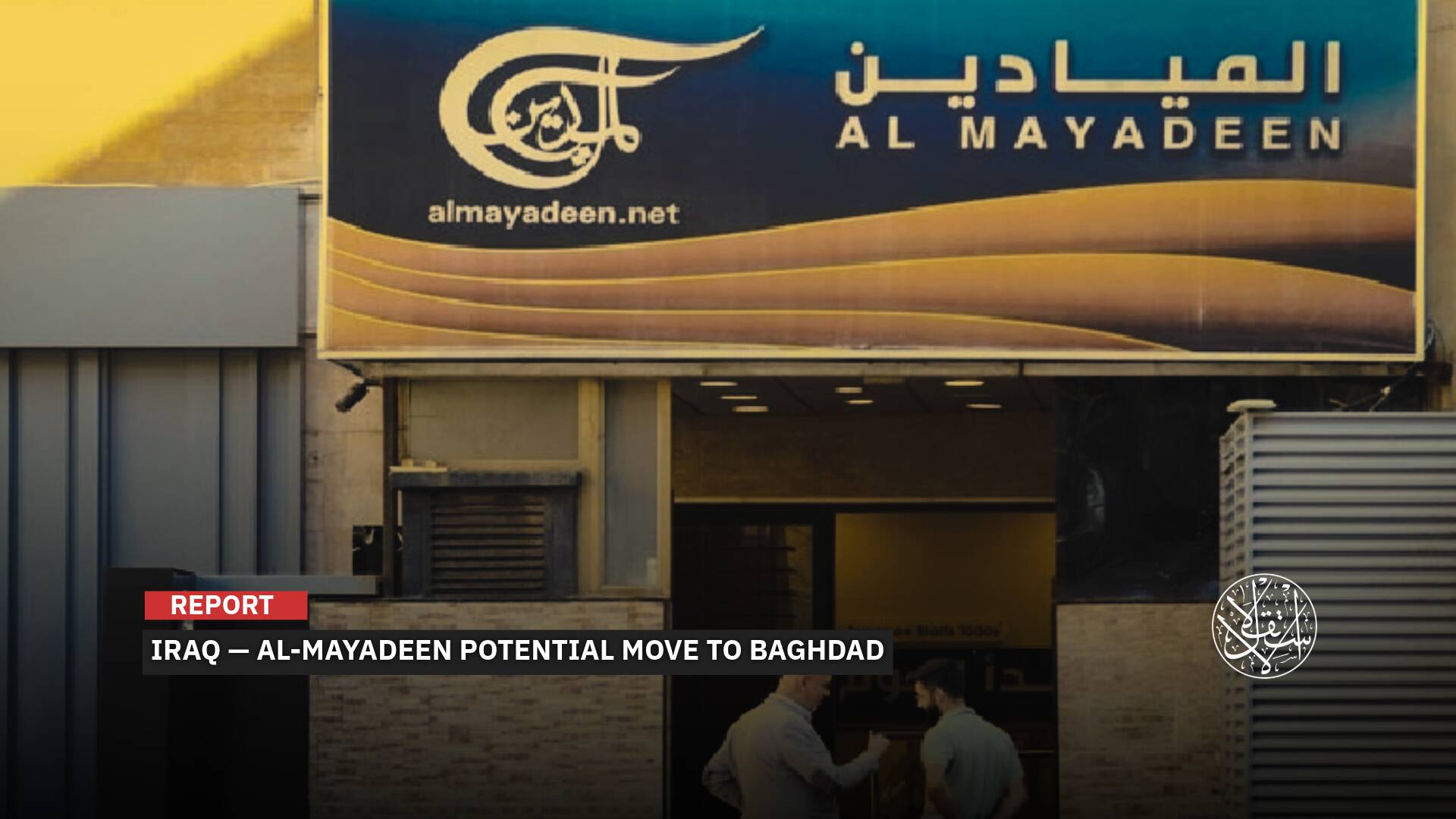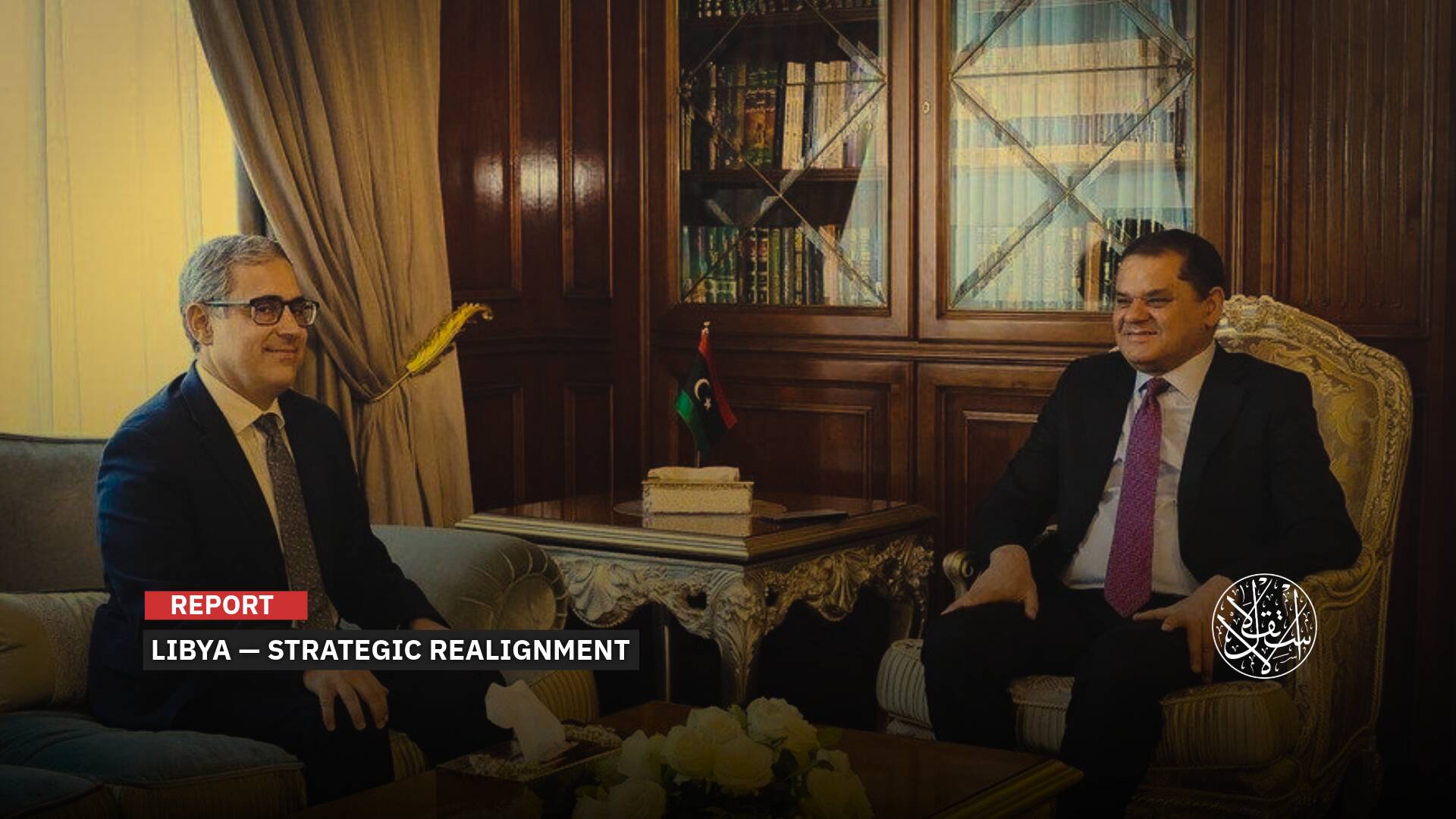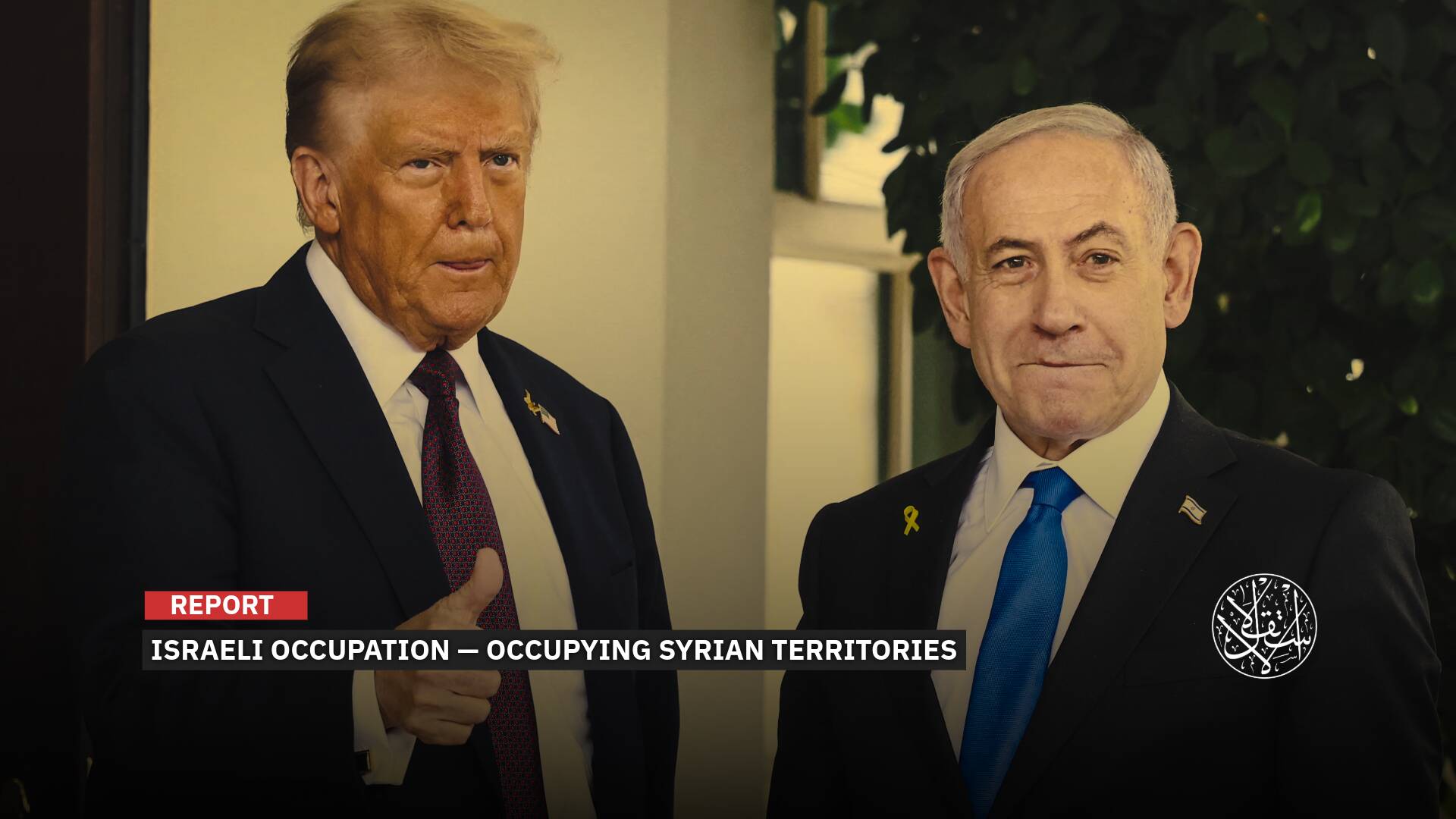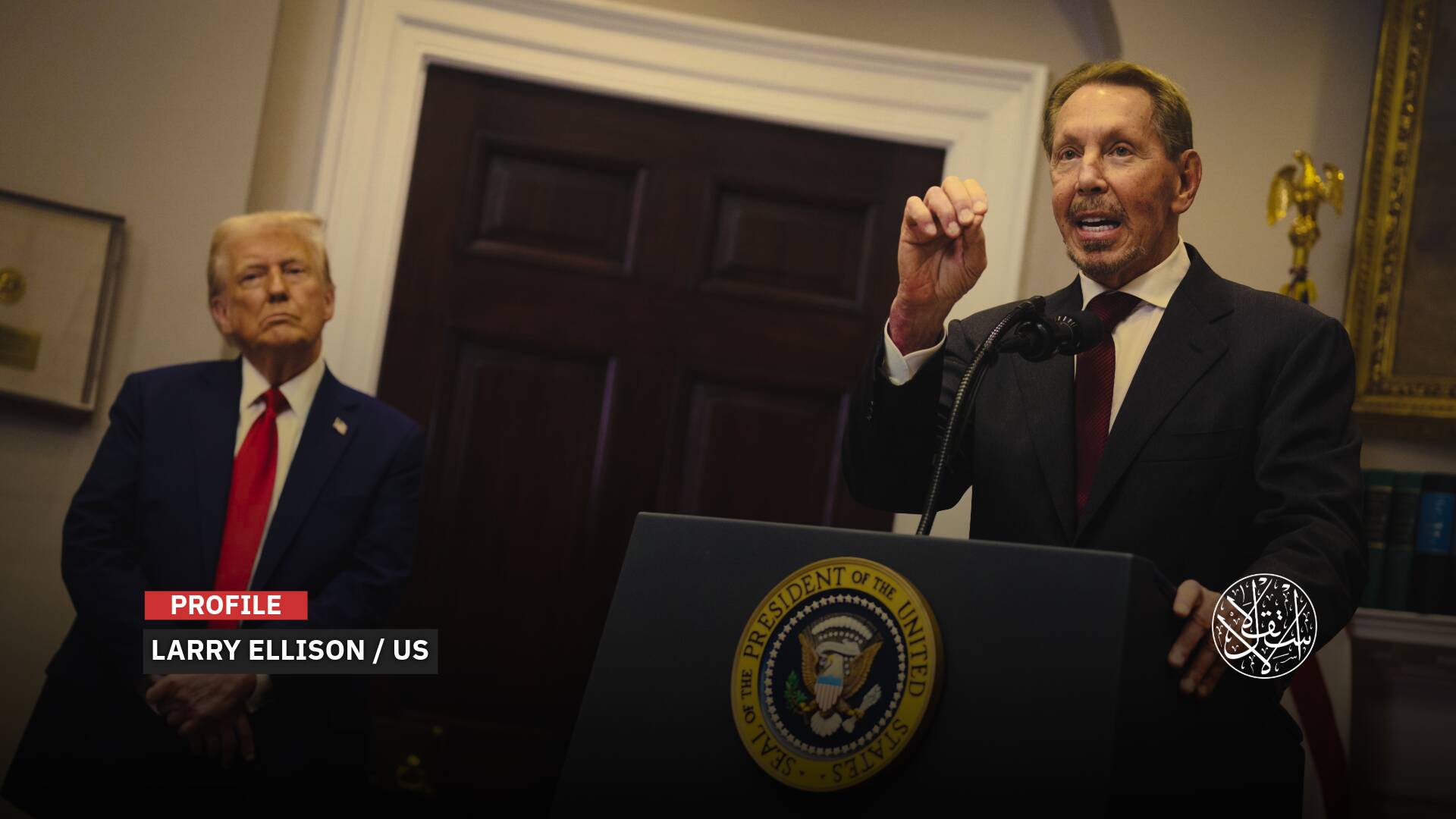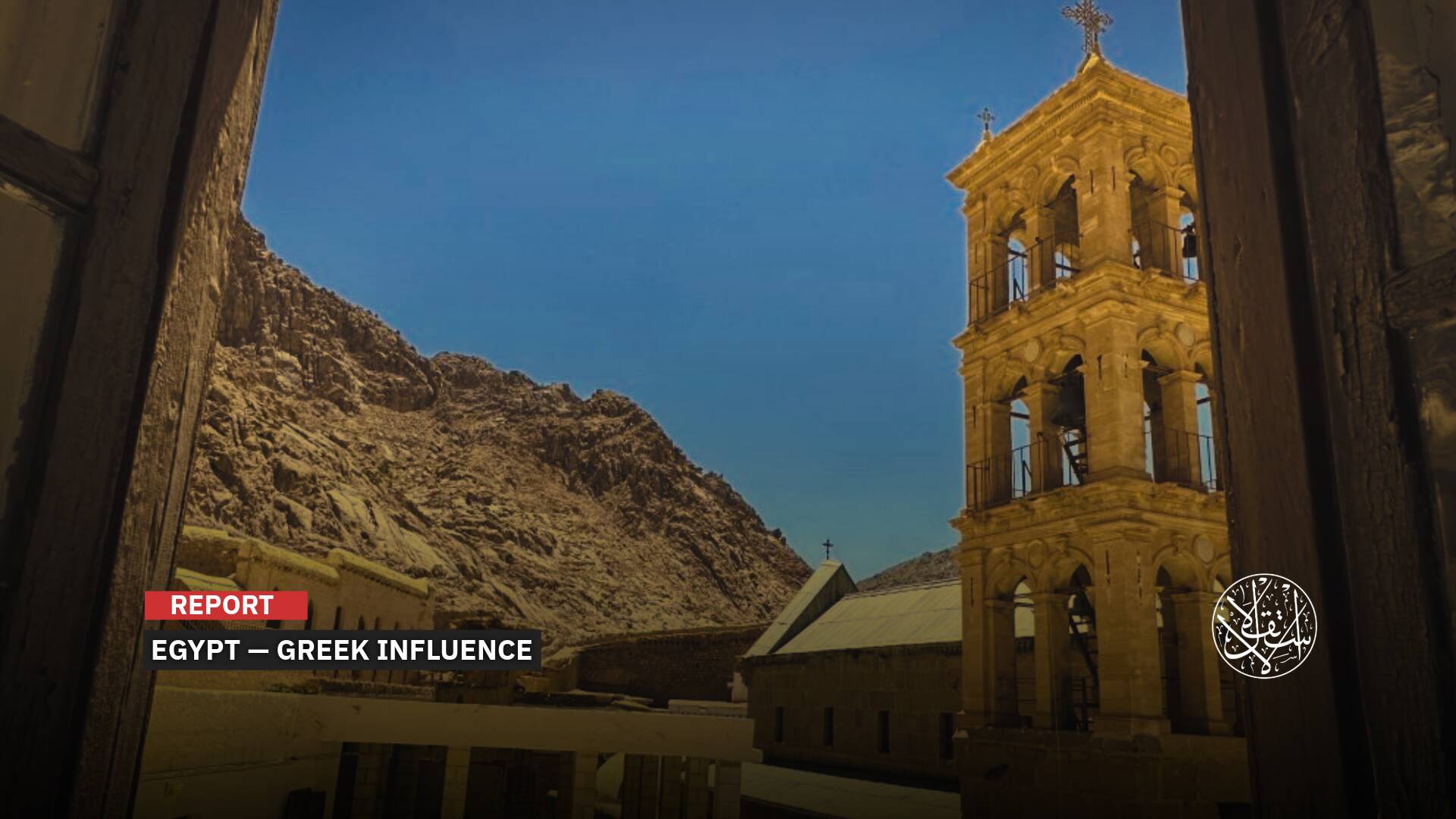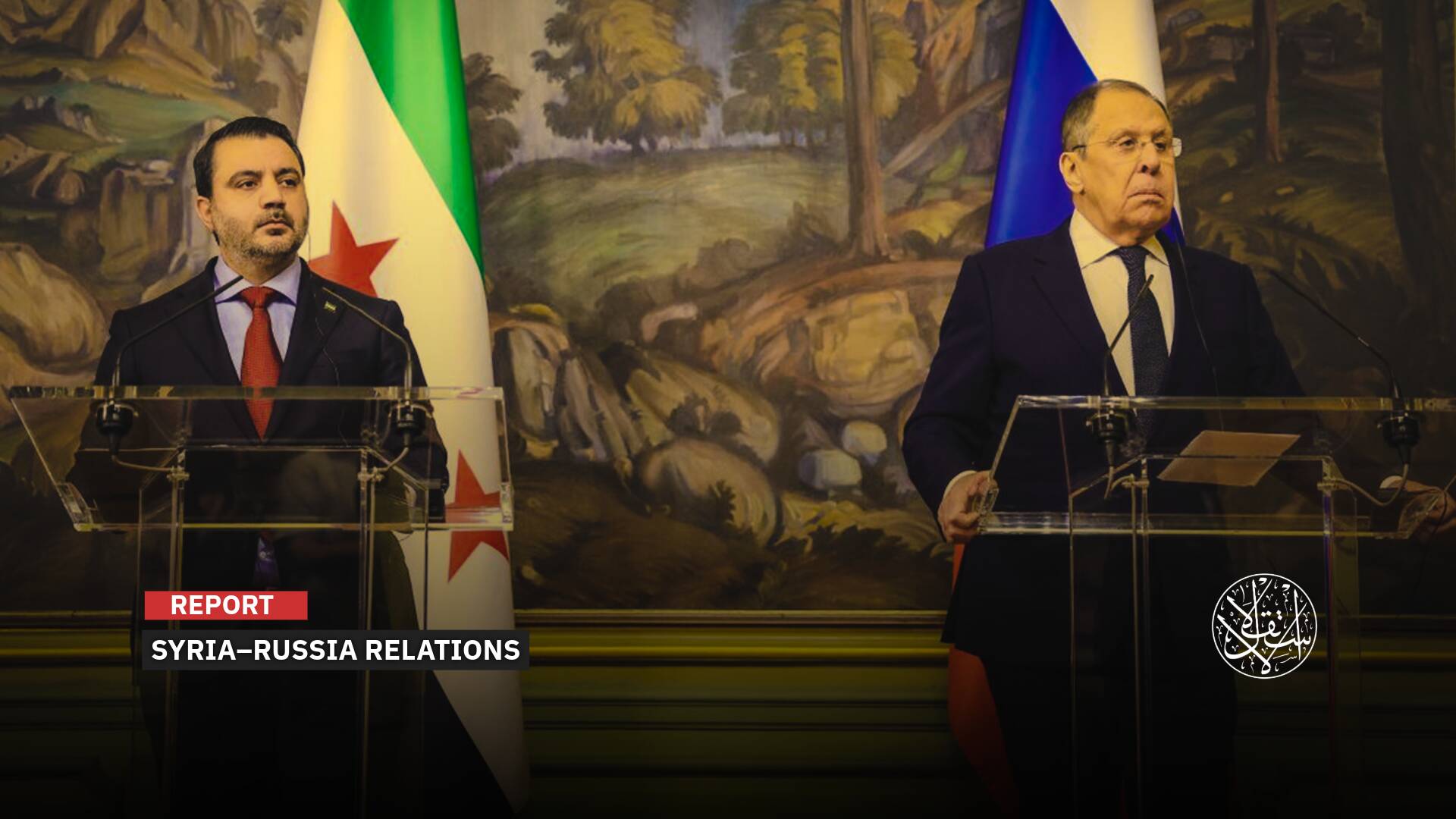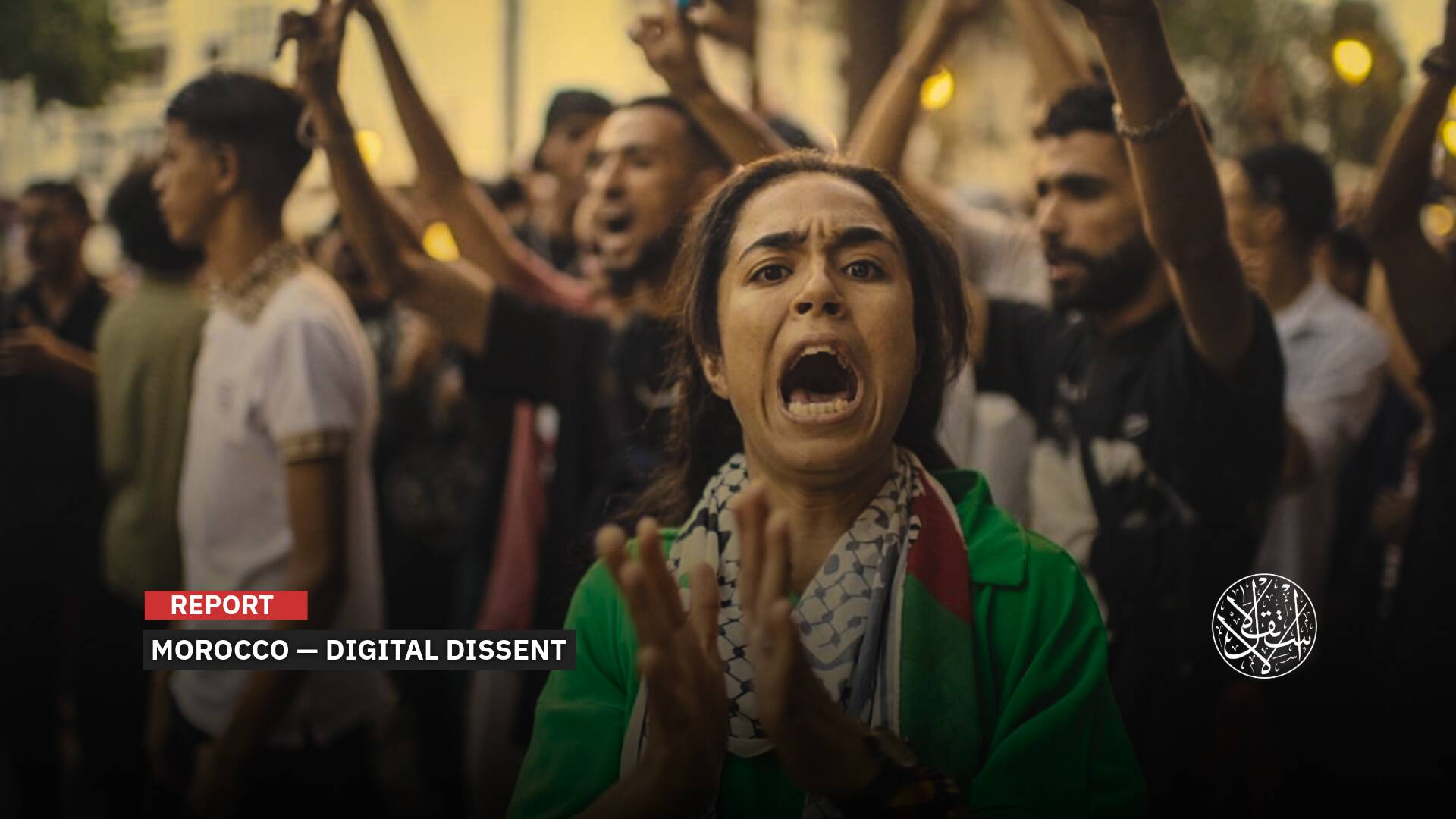How Israeli Aggression in Lebanon Revealed a Plan to Erase Southern Villages
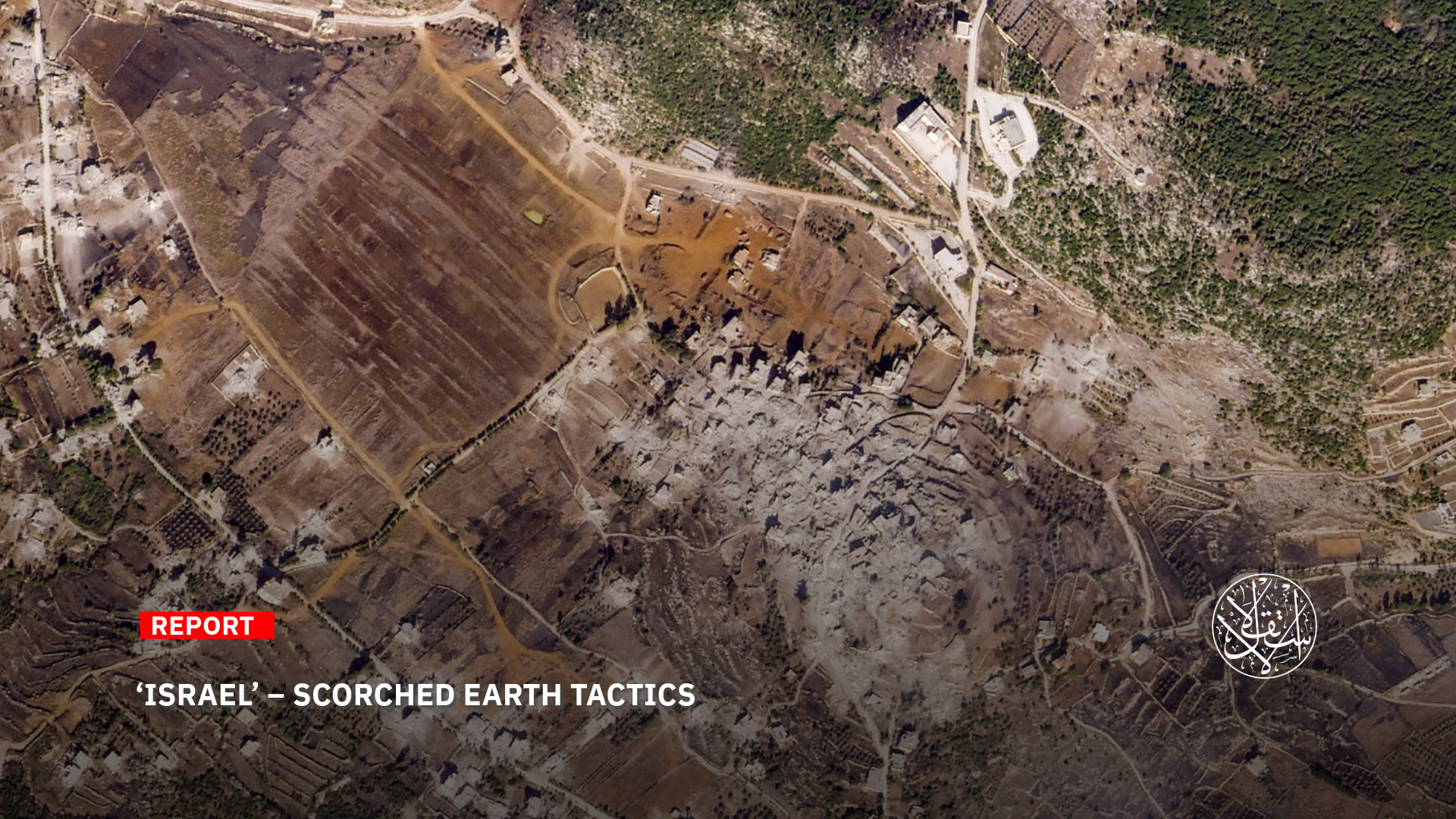
“Israel” has no other choice than staying in southern Lebanon.
The Israeli army’s deliberate demolition of dozens of Lebanese homes along the border, often after rigging and detonating them, suggests a premeditated plan “to wipe out” southern Lebanon. This approach mirrors tactics employed in Gaza, contradicting the Israeli Occupation’s stated goal of “eliminating Hezbollah” in Lebanon.
A ‘Scorched Earth’ Strategy
Since Hezbollah opened a front against “Israel” in support of Gaza on October 8, 2023, the Israeli forces initially targeted a select number of homes in southern Lebanese villages, likely aiming to pressure residents to evacuate. However, after tens of thousands fled these areas, leaving villages along the border nearly empty, “Israel” escalated to a systematic destruction of towns following its September 23, 2024, offensive on Lebanon.
Nearly a quarter of all buildings in 25 Lebanese municipalities near the Israeli border had been damaged or destroyed as of Saturday, according to an analysis of satellite data by The Washington Post — illustrating the far-reaching toll of Israel’s land and air war against Hezbollah.
“The use of explosive weapons in urban areas, either from direct targeting with air and artillery strikes or controlled detonation, is rendering large parts of the south uninhabitable,” said Wim Zwijnenburg, a project lead at PAX, a Dutch organization that focuses on the protecting civilians in war.
The Israeli army claims these demolitions are necessary due to “Hezbollah’s activities,” but reports suggest a premeditated plan to raze southern Lebanese villages. Following these attacks, the Israeli military issued an official warning to residents, cautioning them against returning south, stating: “Any movement southward may expose you to danger. We will inform you when it is safe to return to your homes.”
Israeli army spokesperson Avichay Adraee routinely posts on X, listing Lebanese villages one by one and urging residents to evacuate immediately due to impending strikes. As villagers flee south Lebanon for areas north of the Awali River and deeper into northern Lebanon, entire villages are systematically destroyed, leaving no homes to return to.
The Israeli offensive has displaced nearly 1.2 million people since September 23, 2024, according to the Lebanese government.

Buffer Zone
The Israeli Occupation claims its ground incursion from southern Lebanon, launched in early October 2024, is meant to ensure the safe return of tens of thousands of Israeli settlers who fled northern “Israel” amid Hezbollah’s rocket attacks.
The analysis of Sentinel data, provided by Corey Scher of CUNY Graduate Center and Jamon Van Den Hoek of Oregon State University, allowed The Washington Post to quantify and map the devastation in the south.
Satellite images, especially from towns like Ramiyeh, Ayta ash Shab, Blida, Mhaibib and seven other villages, suggest that Israeli forces are implementing a strategy similar to their “approach” in Gaza.

According to an Associated Press analysis of satellite imagery and data collected by mapping experts show the breadth of Israeli destruction across 11 villages next to the border.
At least 5,868 buildings have been damaged or destroyed with nearly half of the structures in the hardest-hit towns, Ayta ash Shab and Kfarkela, heavily affected.
The vast majority of the destruction—around 80%—occurred after “Israel” launched its ground incursion from the southern border on October 2, 2024. Experts suggest that “Israel” may be aiming to establish a depopulated buffer zone, a strategy it has previously deployed along its border with Gaza.
In the hilltop village of Ramiyeh, close to the Israeli border, the destruction is so extensive that the area has nearly been wiped off the map. Nearby satellite images depict a once residential hillside, now reduced to a gray expanse of rubble. The town of Ayta ash Shab, too, reveals vast stretches turned to gray from extensive damage.
On November 3, Israeli Channel 12 reported that the Israeli War Ministry has begun constructing bomb shelters and fortifications in towns close to the Lebanese border, with the project costing roughly 130 million shekels (about $34 million), including shelters for educational institutions in the Upper Galilee. Reinforcements will cover around 150 public and educational institutions and over 200 shelters.
‘Systematic Campaign’
The extent of destruction along the border suggests a systematic campaign to clear the area, resembling the Israeli military’s operations along Gaza’s border, particularly in the northern district. Notably, “Israel” documents these demolitions, using massive amounts of explosives on Lebanese villages similar to tactics in Gaza.
Channel 12’s reporter Dani Kushmaro broadcasted footage of Israeli forces demolishing a house in southern Lebanon on October 26, 2024, overlooking the Israeli settlements of Dovev and Meron. Entire villages of Arab clans in southern Lebanon’s western sector, near the Tyre district, including Marwahin, dl-Dhahira, al-Bustan, Umm al-Tout, al-Zallutiyya, and Yarine, appear to have been erased from the map.
Balakrishnan Rajagopal, the UN Special Rapporteur on the Right to Adequate Housing, stated in a televised interview with Al-Jazeera on October 24 that Israeli Occupation’s demolition of homes in Gaza and southern Lebanon reflects a strategy to expand settlements.
“Israel has destroyed homes, schools, and mosques in southern Lebanon, with the pattern of destruction stretching from the Blue Line marking the northern border between Israel and Lebanon all the way to the Litani River, some 18 kilometers away,” he noted.
Rajagopal pointed out that “Israel” systematically issues evacuation orders across southern Lebanon, demolishing villages, including those already evacuated. He said this suggests a Zionist plan to expand Israeli borders and annex parts of Lebanon, as early Zionist founders expressed ambitions not limited to Gaza but extending into southern Lebanon.
Some Lebanese fear that “Israel,” 25 years after the liberation of southern Lebanon, may occupy parts of the south, preventing displaced residents from returning to their homes, livelihoods, and orchards.
Orna Mizrahi, a senior researcher at the Israeli Institute for National Security Studies, said “Israel’s immediate aim is not to create a buffer zone — but that might change.”
“Maybe we’ll have no other choice than staying there until we have an arrangement that promises us that Hezbollah will not come back to the zone.”



